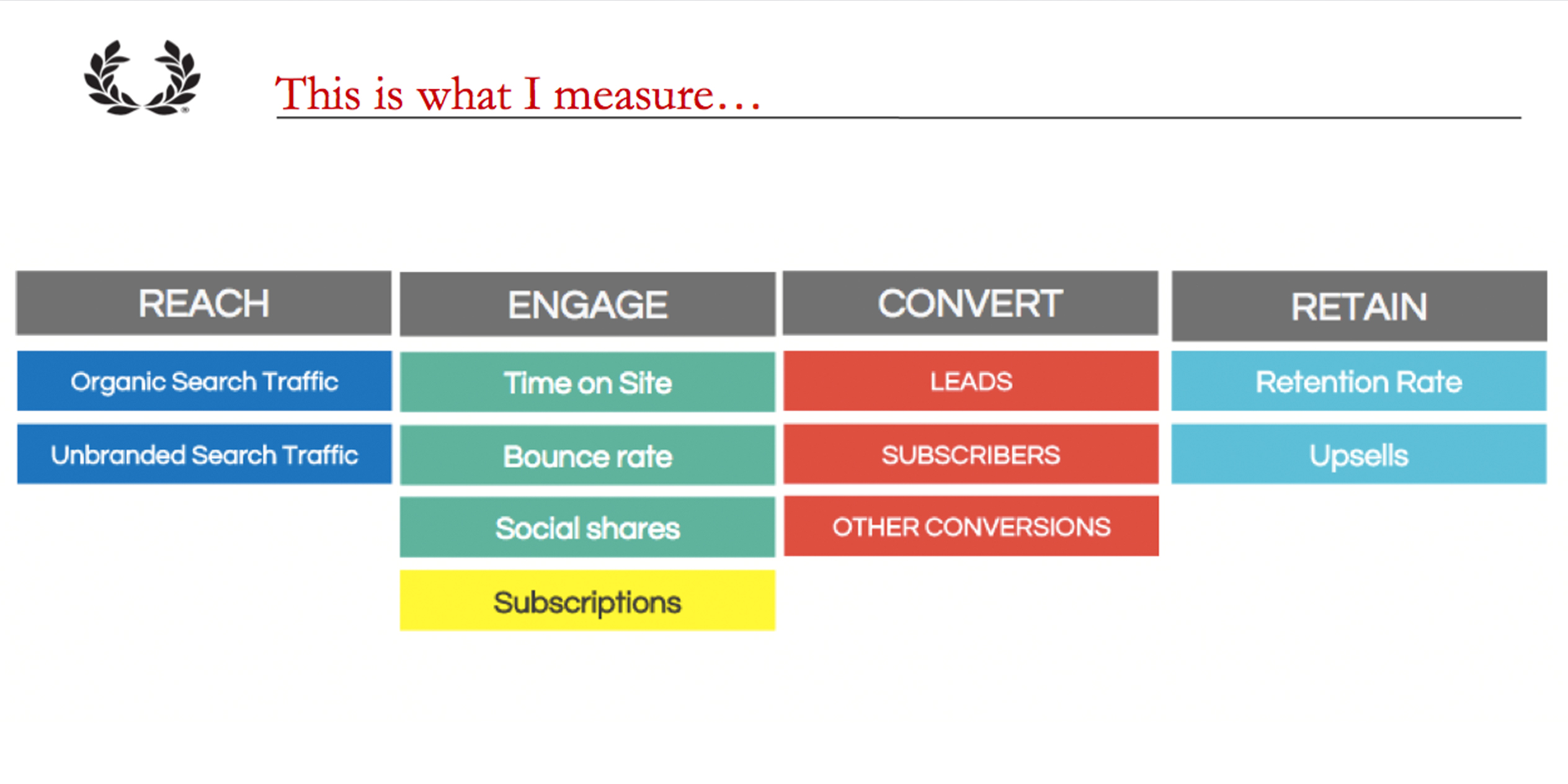At the end of August, brands, content creators, and influencers descended upon Park City, UT for Digiday’s Content Marketing Summit (DCMS). For three days they shared their challenges, expertise, and proven solutions for content marketing. Attendees’ existing assumptions about content marketing were challenged: what is it? How should it be created, distributed and measured? Here are the top learnings:
Rethink your metrics
In the era of influencer and experiential content marketing, brands must adjust their traditional metrics to adequately track and report their efforts. Start by mapping out your customer’s journey, understanding what stage of conversion they are at (reach, engage, convert or retain), and knowing how each marketing initiative tracks back to those stages. Then develop metrics that measure towards your intent.

For example, if you are a consumer product goods (CPG) brand working with influencers to reach a wider audience: track how often are you sending them product, how often are they posting, and how many people they reach to calculate your earned media value, advised Tina Pozzi, AVP of social media and content marketing at Urban Decay. Or, if you are a service brand that has created non-traditional content to engage potential consumers, such as an audio podcast series: track the amount of views/downloads and the time spent with the brand. “It is like having an intimate, one-on-one 30 minute conversation with a prospective customer,” mentioned Lani Hayward, EVP of Creative Strategies at Umpqua Bank.
If you are tracking a marketing space, such as an exhibit, immersive space or live event, HL Ray from Samsung advises to track foot traffic, how people are interacting with your brand or products (and how many times), how much time they spend in the space, and how many media impressions you earn from the initiative.
Even for more traditional content marketing, such as blog posts, make sure you account for the influence that content had in a customer’s conversion process in an extended timeframe (similar to how the media industry tracks their impressions). Heather Green, editor-in-chief and director of content marketing at Ceasar’s Entertainment, advises brands to attribute a conversion to a piece of content when:
- Someone reads a blog post and immediately converts
- Someone reads a blog post and returns in 15 days to convert
- Someone reads a blog post, visits other pages, leaves, and comes back within 30 days to convert.
It’s certainly an exciting time to be a marketer. Don’t get caught up in the old ways of doing things. Brands should embrace the multiplicity of media and channels now available to them, but retain a solid strategy as their starting point and map every initiative to their intent. It is time to rethink what content marketing is and how to properly measure it.

